Delivered Duty Paid (DDP) is one of the 11 Incoterms (International Commercial Terms) defined by the International Chamber of Commerce (ICC). Under DDP terms, the seller assumes the highest level of responsibility and risk in the delivery process. The seller not only delivers the goods to a specified location in the buyer’s country but also takes care of all export and import duties, taxes, and customs formalities.
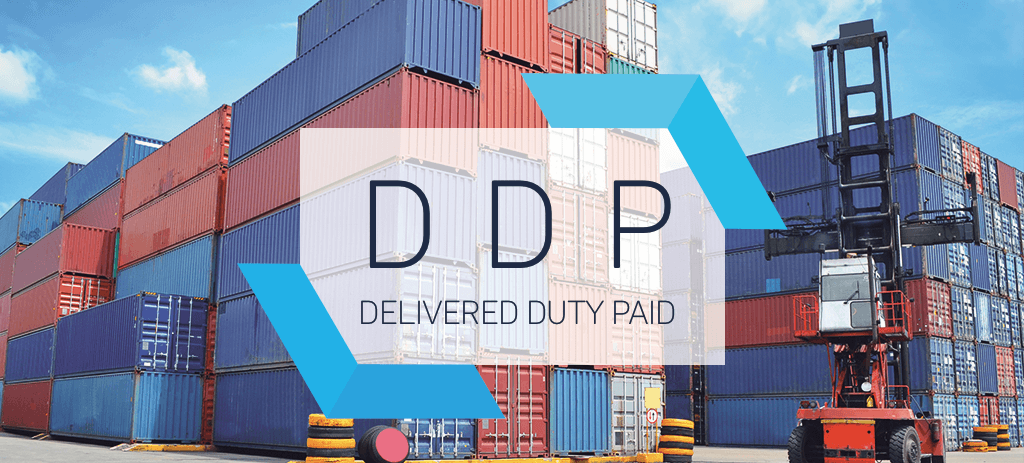
DDP has evolved over the years to accommodate the complexities of global trade logistics. As international trade has expanded, the need for clear, standardized terms like DDP has become even more critical.
Table of Contents
Key Elements and Obligations under DDP
1. Transportation Responsibility: Under DDP, the seller is responsible for arranging and paying for all transportation necessary to deliver the goods to the specified location in the buyer’s country. This includes any pre-carriage, main carriage, and on-carriage.
2. Cost Responsibility: The seller assumes all costs associated with the delivery of goods. This includes:
- Transportation and freight costs.
- Export and import duties.
- Customs clearance fees.
- Any other costs incurred until the goods are delivered to the final destination.
3. Risk Responsibility: The seller bears all risks associated with the goods until they are delivered to the buyer’s specified location. This includes the risk of loss or damage during transportation and any complications that arise during customs clearance.
4. Delivery Destination: The delivery location under DDP is typically a place in the buyer’s country, such as their warehouse or another specified location. The exact destination must be clearly agreed upon in the sales contract.
By fulfilling these obligations, the seller ensures that the buyer receives the goods without having to deal with the complexities of international transportation, customs formalities, and additional costs.
Detailed Explanation of DDP Obligations
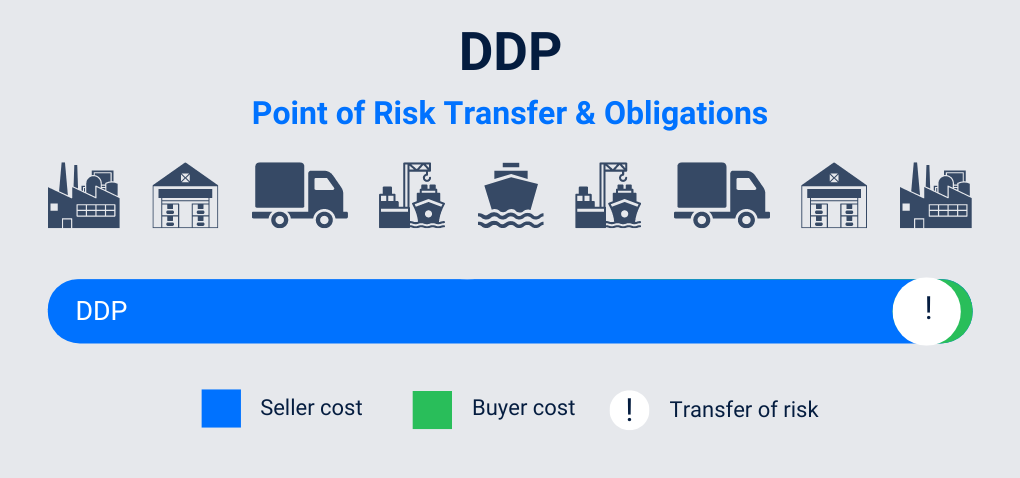
Seller’s Responsibilities
1. Production, Packaging, and Labeling: The seller is responsible for ensuring the goods are produced according to the buyer’s specifications, appropriately packaged to withstand international transportation, and labeled correctly as per import regulations of the buyer’s country.
2. Transportation Arrangements: The seller arranges for all stages of transportation, from the point of origin to the final destination. This includes:
- Pre-carriage: Transport from the seller’s premises to the main transport hub.
- Main carriage: International transport, which could be by sea, air, or land.
- On-carriage: Local transport within the buyer’s country to the final destination.
3. Export and Import Customs Clearance: The seller handles all customs formalities in both the exporting and importing countries. This includes:
- Preparing and submitting export documentation.
- Clearing customs in the country of export.
- Preparing and submitting import documentation.
- Clearing customs in the buyer’s country.
4. Payment of All Duties and Taxes: The seller is responsible for paying all duties, taxes, and fees related to the export and import of goods. This includes:
- Export duties and taxes (if applicable).
- Import duties and taxes.
- Any other charges imposed by customs authorities.
5. Delivery to the Final Destination: The seller ensures the goods are delivered to the agreed-upon location in the buyer’s country. This could be the buyer’s warehouse, a distribution center, or another specified location. The seller must coordinate with local logistics providers to ensure timely and safe delivery.
Buyer’s Responsibilities
1. Receiving the Goods: The buyer’s primary responsibility under DDP is to receive the goods at the specified location. The buyer should ensure that the premises or location is ready to accept the goods and that any necessary personnel or equipment is available to unload the goods.
2. Minimal Obligations Compared to Other Incoterms: Under DDP, the buyer’s obligations are significantly minimized. The buyer does not have to worry about international logistics, customs clearance, or additional costs. This makes DDP an attractive option for buyers who prefer a hassle-free import process.
By clearly delineating the obligations of both the seller and the buyer, DDP ensures a smooth and predictable transaction process. Understanding these responsibilities helps both parties avoid misunderstandings and ensures that the goods are delivered efficiently and legally compliant.
Comparison with Other Incoterms
Incoterms, or International Commercial Terms, are standardized shipping terms that define the responsibilities of buyers and sellers in international trade. Understanding how Delivered Duty Paid (DDP) compares to other Incoterms is crucial for making informed decisions in global commerce.
EXW (Ex Works)
Definition: Under Ex Works (EXW), the seller’s responsibility is minimal. The seller makes the goods available at their premises, and the buyer is responsible for all costs and risks associated with transporting the goods from there to the final destination.
Key Differences from DDP:
- Seller’s Responsibility: In EXW, the seller’s responsibility ends once the goods are made available for pickup. In DDP, the seller is responsible for the entire transportation process, including all duties and taxes.
- Buyer’s Responsibility: In EXW, the buyer handles everything from loading the goods at the seller’s location to clearing customs and paying import duties. In DDP, the buyer only needs to receive the goods at the agreed destination.
FOB (Free On Board)
Definition: Under Free On Board (FOB), the seller is responsible for delivering the goods onto the ship at the port of shipment. The buyer assumes responsibility once the goods are on board the vessel.
Key Differences from DDP:
- Seller’s Responsibility: In FOB, the seller’s responsibility ends once the goods are on board the ship. In DDP, the seller’s responsibility extends to delivering the goods to the buyer’s specified location, including handling import duties and customs clearance.
- Buyer’s Responsibility: In FOB, the buyer takes over all costs and risks from the point the goods are on the ship. In DDP, the buyer only needs to manage the final receipt of the goods.
CIF (Cost, Insurance, and Freight)
Definition: Under Cost, Insurance, and Freight (CIF), the seller covers the cost and freight to bring the goods to the port of destination. The seller also provides insurance against the buyer’s risk of loss or damage to the goods during transit.
Key Differences from DDP:
- Seller’s Responsibility: In CIF, the seller is responsible for the cost of transporting the goods and providing insurance up to the port of destination. In DDP, the seller’s responsibility continues until the goods are delivered to the buyer’s specified location.
- Buyer’s Responsibility: In CIF, the buyer is responsible for import duties, customs clearance, and further transportation from the port of destination. In DDP, the seller handles these responsibilities, simplifying the process for the buyer.
Table: Comparison of Seller and Buyer Responsibilities
| Incoterm | Seller’s Responsibilities | Buyer’s Responsibilities |
|---|---|---|
| EXW | Make goods available at seller’s premises | All costs and risks from seller’s premises to final destination |
| FOB | Deliver goods on board ship at port of shipment | All costs and risks from port of shipment to final destination |
| CIF | Cost, freight, and insurance to port of destination | Import duties, customs clearance, and further transport |
| DDP | All costs and risks to final destination, including import clearance and duties | Receiving the goods at the final destination |
Read More:
Advantages and Disadvantages of DDP
Delivered Duty Paid (DDP) offers a range of benefits and drawbacks for both buyers and sellers. Understanding these can help businesses decide whether DDP is the right Incoterm for their transactions.
Pros for Buyers
1. Simplified Process: Under DDP, the buyer benefits from a streamlined and simplified import process. The seller handles all aspects of transportation, customs clearance, and payment of duties and taxes. This reduces the administrative burden on the buyer and allows them to focus on their core business activities.
2. Reduced Risk and Responsibility: Since the seller takes on all risks and responsibilities associated with transporting and delivering the goods, the buyer is shielded from potential issues such as delays, damages, and customs complications. This can be particularly advantageous for buyers who are not familiar with international logistics and customs regulations.
3. Predictable Costs: DDP provides greater cost predictability for buyers. With all costs included in the seller’s price, buyers can avoid unexpected expenses related to customs duties, taxes, and other logistical charges. This makes budgeting and financial planning more straightforward.
Cons for Sellers
1. Higher Risk and Responsibility: DDP places the maximum amount of risk and responsibility on the seller. They must manage the entire logistics chain, including transportation, customs clearance, and delivery to the final destination. This increases the seller’s exposure to potential issues such as delays, damages, and regulatory compliance.
2. Potential for Higher Costs: The seller must bear all costs associated with delivering the goods to the buyer’s specified location, including import duties and taxes. These costs can be significant, especially when shipping to countries with high import tariffs. Sellers may need to factor these expenses into their pricing strategy.
3. Complexity in Managing Cross-Border Regulations: Navigating the customs regulations and import requirements of different countries can be complex and time-consuming. Sellers must ensure compliance with all relevant laws and obtain the necessary permits and documentation. Failure to do so can result in delays, fines, or even the seizure of goods.
Practical Applications of DDP (Delivered Duty Paid)
Delivered Duty Paid (DDP) can be particularly beneficial in specific scenarios where the buyer prefers to avoid the complexities and potential pitfalls of international trade logistics. Here are some practical applications and industry-specific examples that illustrate the advantages of using DDP:
Electronics Industry
Scenario: A U.S.-based electronics retailer is importing high-value smartphones from a manufacturer in South Korea. The retailer lacks the expertise to handle international shipping, customs clearance, and import duties.
Advantages of DDP:
- The South Korean manufacturer takes responsibility for all logistics, ensuring that the smartphones are delivered directly to the retailer’s warehouse.
- The retailer avoids the complexities of customs clearance and import duties, streamlining their operations and reducing administrative overhead.
- Predictable costs enable better financial planning and budgeting for the retailer.
Fashion and Apparel Industry
Scenario: A European fashion brand is sourcing garments from multiple suppliers in Asia. The brand wants to ensure timely delivery of its seasonal collections without dealing with the intricacies of international trade.
Advantages of DDP:
- Asian suppliers handle all transportation, customs clearance, and payment of duties, ensuring that the garments arrive on time and in good condition.
- The fashion brand can focus on marketing and sales, knowing that the logistics are managed by experienced suppliers.
- Simplified import process allows the brand to respond quickly to changing market trends.
Consumer Goods Industry
Scenario: A Canadian retailer is importing a variety of consumer goods from different countries, including household items, electronics, and toys. The retailer wants to minimize the risk and ensure compliance with Canadian import regulations.
Advantages of DDP:
- Suppliers from different countries manage the entire shipping process, including customs clearance and payment of import duties.
- The retailer benefits from a seamless and consistent import experience, reducing the risk of non-compliance with Canadian regulations.
- By offloading the logistics responsibilities to the suppliers, the retailer can maintain a lean operational structure.
References
International Chamber of Commerce (ICC):
- Incoterms® 2020. Available at: https://iccwbo.org/resources-for-business/incoterms-rules/incoterms-2020/
UNCTAD (United Nations Conference on Trade and Development):
- International Trade Logistics. Available at: https://unctad.org/topic/transport-and-trade-logistics
World Customs Organization (WCO):
- Customs Guidelines and Procedures. Available at: http://www.wcoomd.org
Additional Industry-Specific Articles and Whitepapers:
- “Best Practices in International Trade Logistics” by the International Trade Centre (ITC).
- “Navigating Customs Regulations in Global Trade” by Deloitte Insights.

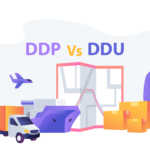



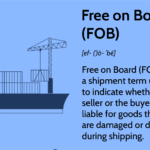



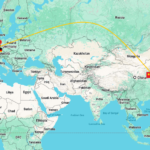
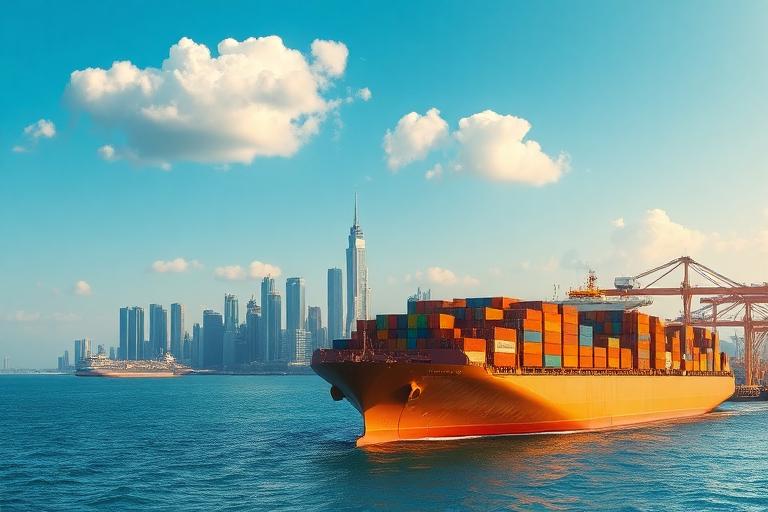
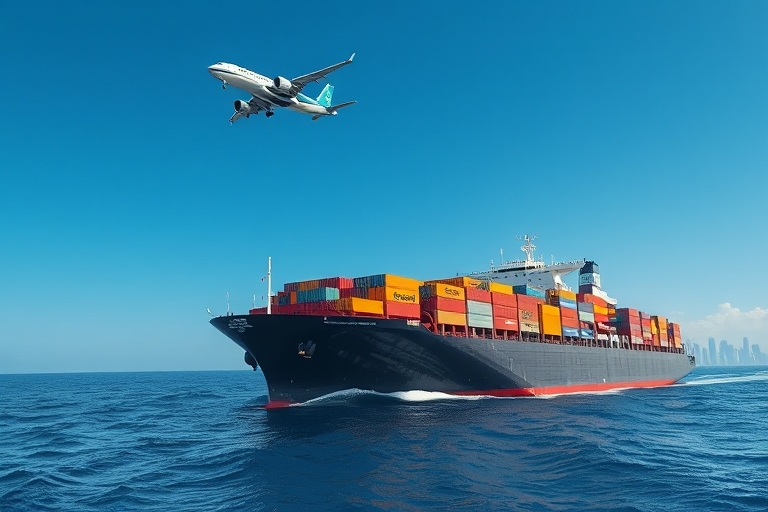
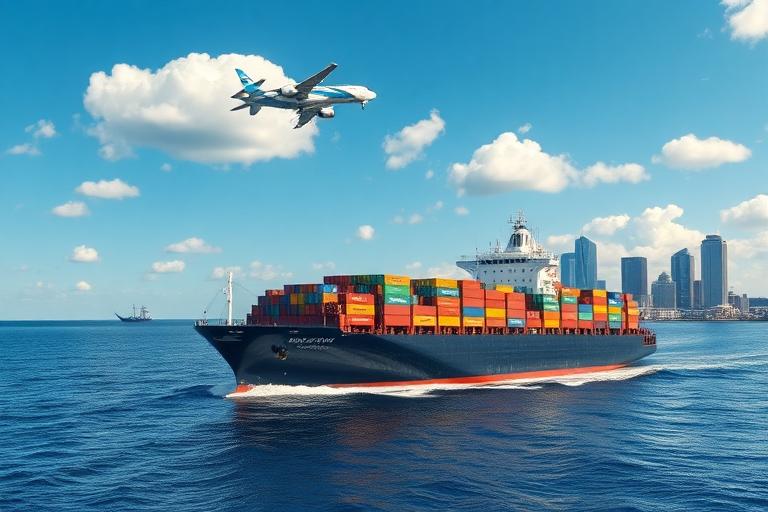
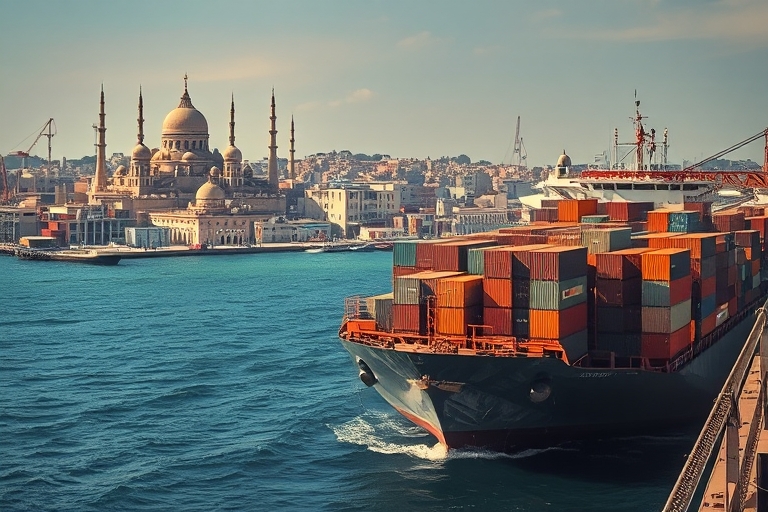
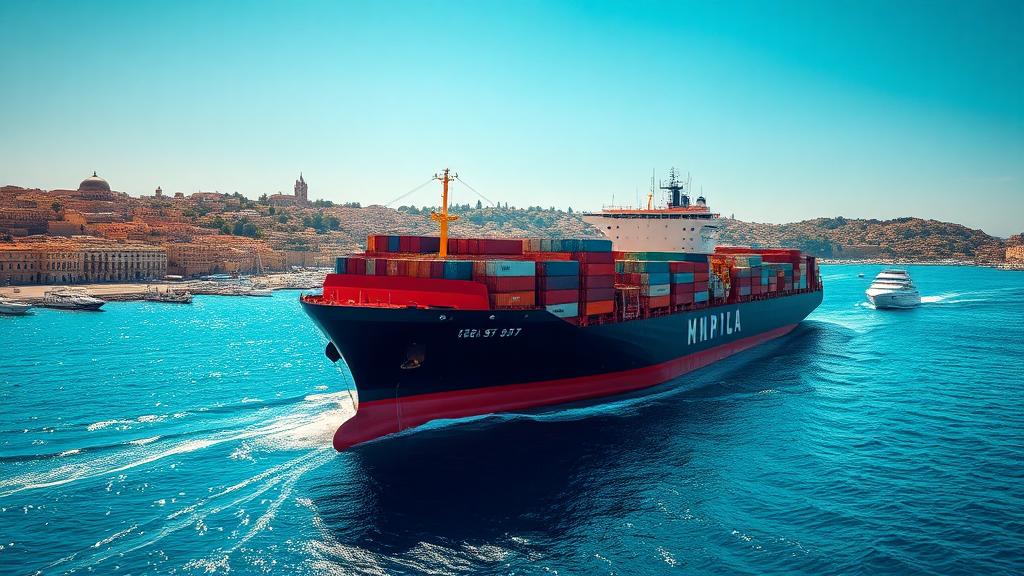





 Afrikaans
Afrikaans Shqip
Shqip አማርኛ
አማርኛ العربية
العربية Հայերեն
Հայերեն Azərbaycan dili
Azərbaycan dili Euskara
Euskara Беларуская мова
Беларуская мова বাংলা
বাংলা Bosanski
Bosanski Български
Български Català
Català Cebuano
Cebuano Chichewa
Chichewa 简体中文
简体中文 繁體中文
繁體中文 Corsu
Corsu Hrvatski
Hrvatski Čeština
Čeština Dansk
Dansk Nederlands
Nederlands English
English Esperanto
Esperanto Eesti
Eesti Filipino
Filipino Suomi
Suomi Français
Français Galego
Galego ქართული
ქართული Deutsch
Deutsch Ελληνικά
Ελληνικά Kreyol ayisyen
Kreyol ayisyen Harshen Hausa
Harshen Hausa Ōlelo Hawaiʻi
Ōlelo Hawaiʻi עִבְרִית
עִבְרִית हिन्दी
हिन्दी Hmong
Hmong Magyar
Magyar Íslenska
Íslenska Igbo
Igbo Bahasa Indonesia
Bahasa Indonesia Gaeilge
Gaeilge Italiano
Italiano 日本語
日本語 Basa Jawa
Basa Jawa ಕನ್ನಡ
ಕನ್ನಡ Қазақ тілі
Қазақ тілі ភាសាខ្មែរ
ភាសាខ្មែរ 한국어
한국어 كوردی
كوردی Кыргызча
Кыргызча ພາສາລາວ
ພາສາລາວ Latin
Latin Latviešu valoda
Latviešu valoda Lietuvių kalba
Lietuvių kalba Lëtzebuergesch
Lëtzebuergesch Македонски јазик
Македонски јазик Malagasy
Malagasy Bahasa Melayu
Bahasa Melayu മലയാളം
മലയാളം Maltese
Maltese Te Reo Māori
Te Reo Māori मराठी
मराठी Монгол
Монгол ဗမာစာ
ဗမာစာ नेपाली
नेपाली Norsk bokmål
Norsk bokmål پښتو
پښتو فارسی
فارسی Polski
Polski Português
Português ਪੰਜਾਬੀ
ਪੰਜਾਬੀ Română
Română Русский
Русский Samoan
Samoan Gàidhlig
Gàidhlig Српски језик
Српски језик Sesotho
Sesotho Shona
Shona سنڌي
سنڌي සිංහල
සිංහල Slovenčina
Slovenčina Slovenščina
Slovenščina Afsoomaali
Afsoomaali Español
Español Basa Sunda
Basa Sunda Kiswahili
Kiswahili Svenska
Svenska Тоҷикӣ
Тоҷикӣ தமிழ்
தமிழ் తెలుగు
తెలుగు ไทย
ไทย Türkçe
Türkçe Українська
Українська اردو
اردو O‘zbekcha
O‘zbekcha Tiếng Việt
Tiếng Việt Cymraeg
Cymraeg יידיש
יידיש Yorùbá
Yorùbá Zulu
Zulu